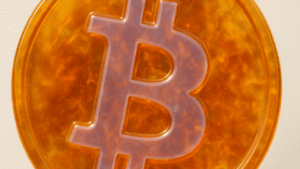A secondary market is a place where investors or traders can buy and sell different kinds of assets or securities that they own, with others.
What Is a Secondary Market?
But the role of the secondary market is to provide access for the average investor financial instruments, which they would otherwise not be able to obtain from the primary market, because a primary market in traditional financial environments is usually reserved for “qualified” investors and large institutions. A secondary market can be compared to a retail store like Walmart, where anyone can shop; meanwhile, the primary market is for suppliers, where wholesalers buy in large quantities.
With cryptocurrencies, the same principle applies. The only difference is that currently the primary market equivalent is largely based on token sale platforms. The restriction here is not the number of tokens, but rather the buyer’s qualifications and appetite for risk. In other words: With crypto, the primary buyers are usually those who can afford to risk their money on a new project, or have heard of it first and manage to grab tokens. The secondary crypto/token market is the place where all the others can then buy tokens after the initial token sale is over.
Author:
Johannes Schweifer is the CEO of CoreLedger, a company empowering businesses of all sizes to access the benefits of blockchain technology. Schweifer co-founded several blockchain start-ups, including Bitcoin Suisse. He’s a passionate problem-solver, holding a master’s degree in Chemistry and a PhD in distributed computing and quantum chemistry.



